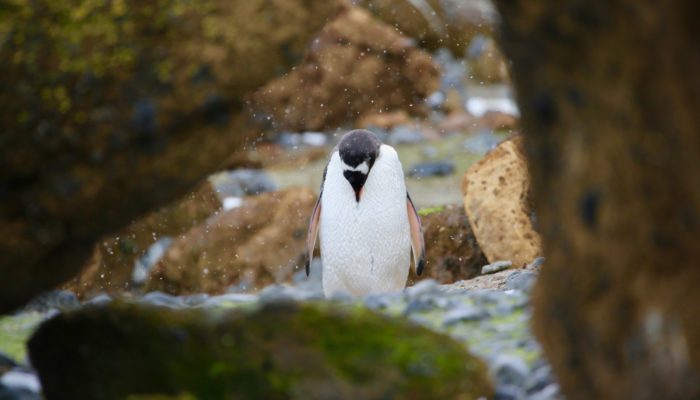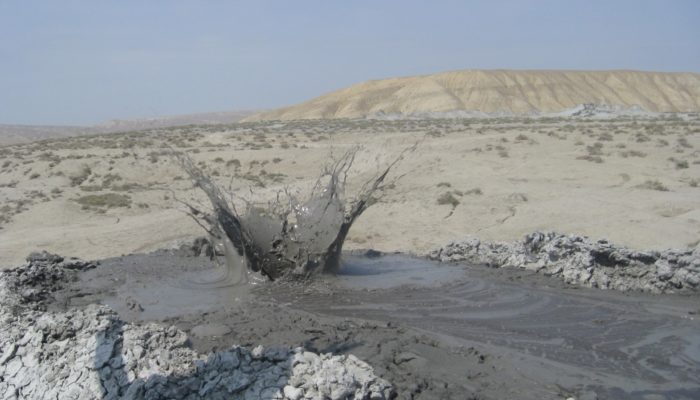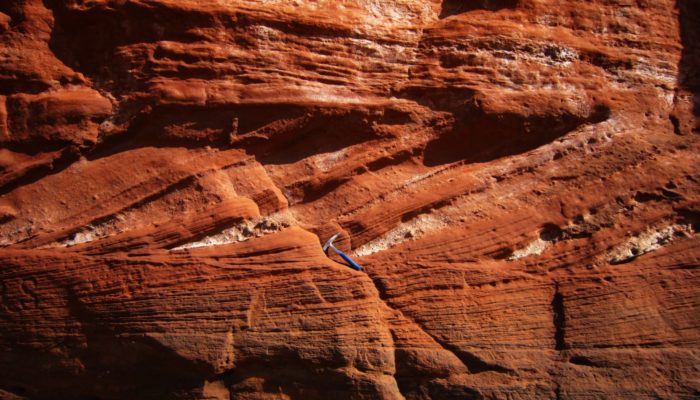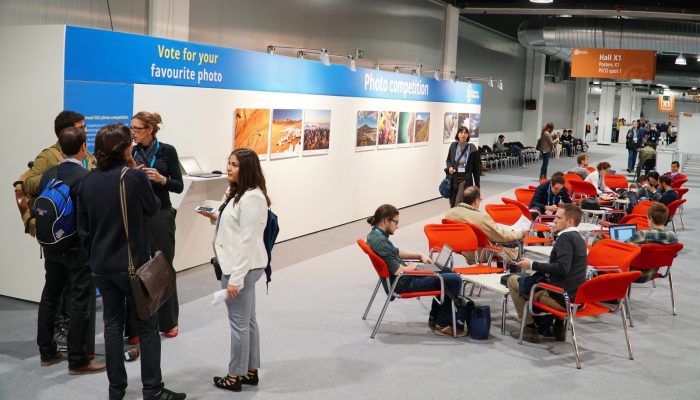This year’s Photo Competition judging panel did a fantastic job of narrowing down the outstanding photo submissions to the EGU’s Photo Competition to just 10 finalists! The finalist photos are listed below and on the Imaggeos website where you can vote for them from today (27 April) until 7 May 2020. Then three photos with the most votes will be announced online at midday on 8 May! C ...[Read More]
Imaggeo on Mondays: A window to ice and fire

Brown Bluff is a basalt tuya located on the Tabarin Peninsula of northern Antarctica. This site supports a breeding colony of about 20,000 pairs of adelie penguins and about 550 pairs of gentoo penguins. Geologically speaking, Brown Bluff is simply fascinating. The towering bluffs were the result of an explosive volcanic eruption under ice. Large boulders have toppled from Brown Bluff to the beach ...[Read More]
Imaggeo on Mondays: Azerbaijan Mud Volcano

Azerbaijan one of the best places in the world to find mud volcanoes, because of the number that are in the country. Mud volcanoes are broadly spread across Azerbaijan. About 350 of approximate 800 mud volcanoes in the world are found in the Azerbaijani Republic. This includes both underground and submarine mud volcanoes, which also famed in Azerbaijan. There are more than 140 submarine mud ...[Read More]
Imaggeo on Mondays: Red triassic sandstone

As child growing up on the south coast of Devon in the UK, I never really realised that our beaches were unusual. A glorious, glowing orange-red colour, the cliffs that you can see in this photograph by Sarah Weick produced similarly red sand beaches and warm ochre soils. The bright colour is the result of the sandstone and conglomerates of these rocks, collectively called the New Red Sandstones, ...[Read More]

